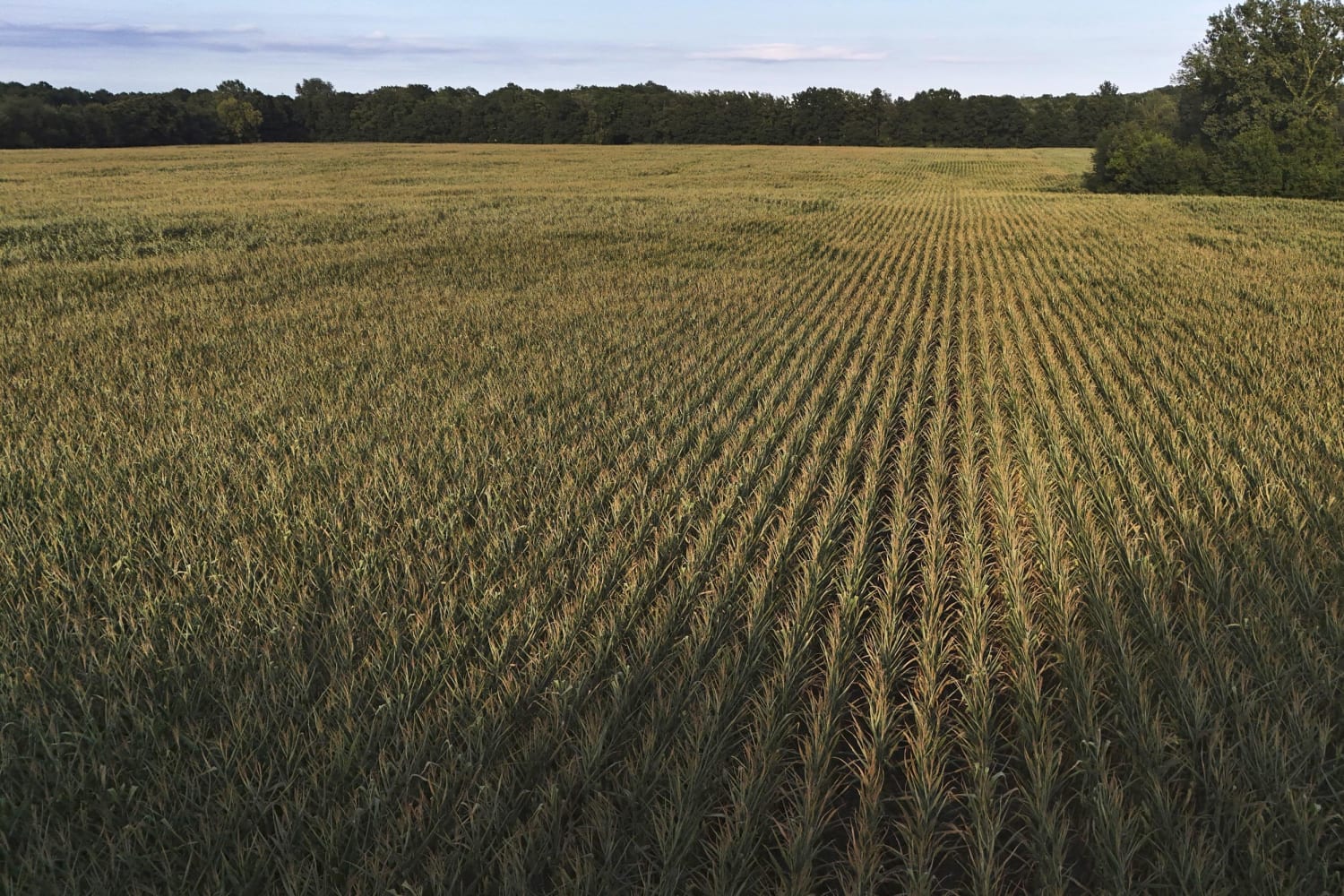Corn has historically been one of the most reliable agricultural staples, vital not only to American cultivation but also to the worldwide food industry. It plays a crucial role in sectors ranging from animal feed and sweeteners to ethanol production and numerous food items, placing corn at the heart of contemporary farming. Nevertheless, the capability to achieve reliable, top-quality corn yields has always relied on a fragile equilibrium of weather patterns. In recent times, this balance has grown progressively precarious, leading to significant worries about how climate change could impact yields and food security in the future.
Farmers have typically depended on a reliable series of weather patterns—consistent rainfall, warm growing periods, and stable soil conditions—to produce robust corn yields. For crops to thrive, sufficient moisture during planting, gentle weather during pollination, and consistent warmth as the ears develop are necessary. When these conditions are met, it results in an abundant harvest that supports food supplies and drives economic progress. However, as climate patterns change, these previously dependable weather sequences are becoming less predictable, leaving farmers with uncertainty throughout the growing season.
In many regions, particularly across the Corn Belt in the United States, the signs of change are already evident. Unseasonable rains have delayed planting in some years, while prolonged dry spells have left fields vulnerable during critical pollination periods. Extreme heat waves, arriving at the wrong time, can devastate kernels before they fully develop. Each of these factors alone can harm yields, but combined, they create a cycle of unpredictability that makes farming more of a gamble than ever before.
One of the greatest challenges is the timing of rainfall. Corn thrives on well-distributed moisture, but climate change has disrupted rainfall patterns, leading to longer dry spells followed by sudden, heavy storms. While floods may replenish groundwater, they also wash away valuable topsoil and nutrients, undermining plant health. On the other hand, prolonged droughts stress the crop, reducing both quality and quantity. This erratic cycle makes it increasingly difficult for farmers to prepare, no matter how advanced their methods.
Temperature swings add another layer of difficulty. Corn requires warmth to grow, but extreme heat can reduce yields dramatically. When high temperatures coincide with the crop’s flowering stage, pollination can fail, resulting in fewer kernels per ear. A field that appears healthy one week can see significant losses the next, all due to a few days of oppressive heat. Climate models suggest that such heat waves will become more frequent, posing a serious threat to regions where corn has traditionally flourished.
Farmers are already tackling these issues by modifying their methods. Improvements in watering systems, land preservation methods, and seeds that resist dry conditions are aiding in reducing certain threats. Experts in agriculture are also investigating how genetic advancements and precise technology can offer stability amid changing environments. However, these adjustments entail expenses—monetary, ecological, and societal—that may not be feasible for all producers. Especially smaller farms encounter significant obstacles when competing against larger businesses that can handle greater costs.
The economic implications of unstable corn production stretch far beyond the farm. Corn is deeply embedded in the global supply chain. A poor harvest in one region can drive up feed prices, affecting livestock industries and raising food costs for consumers. Ethanol production, which relies heavily on corn, also becomes more volatile, influencing energy markets. Even everyday products, from breakfast cereals to soft drinks, feel the ripple effects of fluctuating corn supply.
Examining future challenges, the significance of government policies and global collaboration becomes essential. Authorities are increasingly urged to aid farmers with subsidies, crop insurance, and programs for climate resilience. Concurrently, funding initiatives for sustainable farming techniques—such as regenerative agriculture and enhanced water management—will be crucial for the agricultural industry’s ability to cope with climate pressures. Nations reliant on corn imports must also prepare for possible disruptions, ensuring supply chains stay reliable in a future of growing climate unpredictability.
For consumers, the issue may seem distant until it reaches the grocery aisle. Rising food prices, shortages of certain products, and shifts in dietary options are all potential outcomes of unstable corn harvests. What once seemed like a simple agricultural challenge is now shaping up to be a broader concern about food security, economic stability, and environmental resilience.
Corn has consistently mirrored its surroundings, and today it echoes the larger issue of climate change. Although innovation, adjustment, and worldwide collaboration might offer solutions, the difficulties that lie ahead are unmistakable. The ideal corn ear, once a reliable aspect of farming heritage, now represents the fragile equilibrium between agriculture and an evolving world.

